Do you know Electric Bike & Speed e-Bike Rules / Regulations in the US?
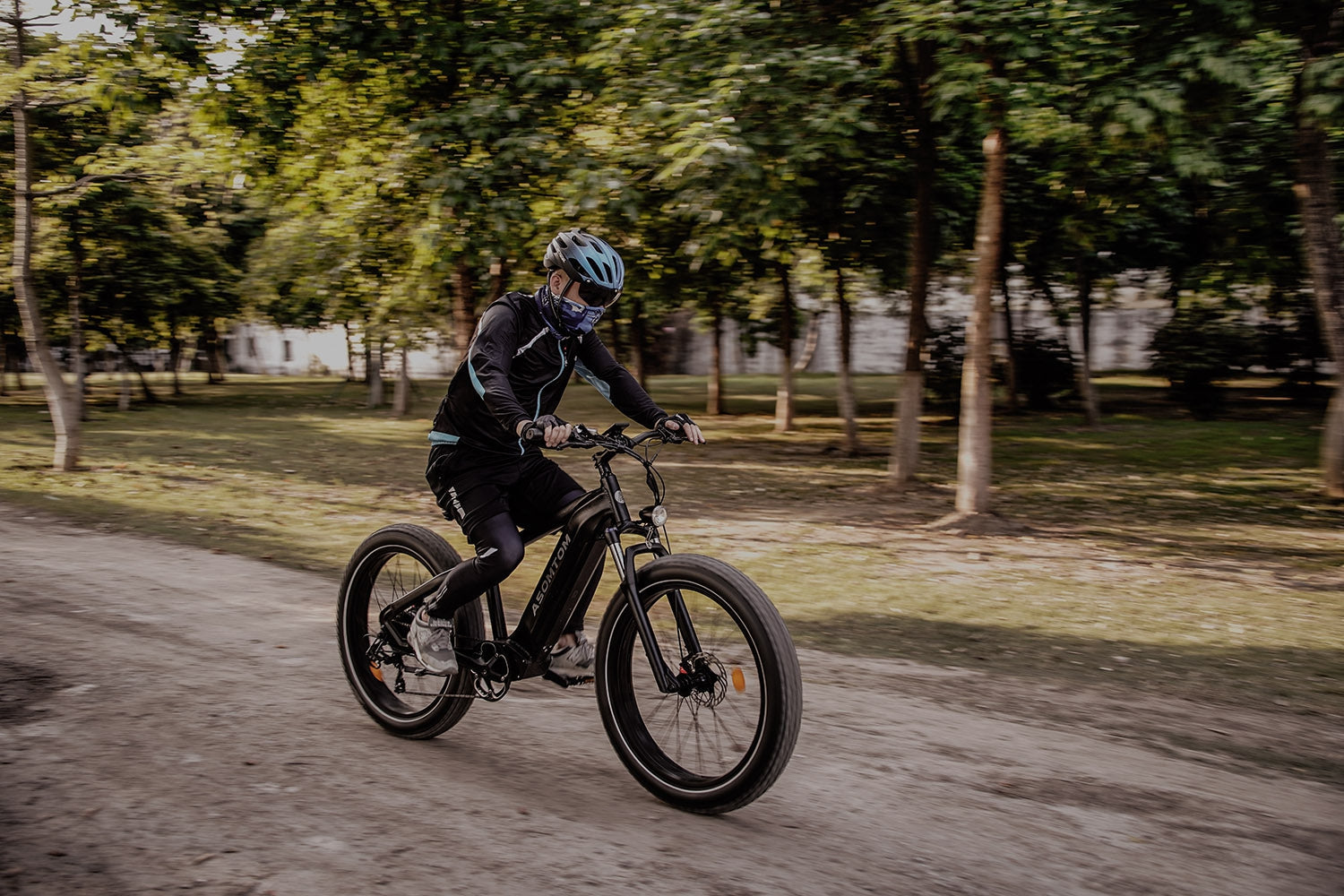
Do you often ride electric bike in the United States? But do you know the relevant regulations of electric bicycles in the United States?
Regarding electric vehicle output regulations or maximum speed limit regulations or minimum age limits for electric bikes. Are you all clear?
Are electric Bike legal in the United States?
In recent years, many electric bicycles have become more and more popular. But you must be wondering whether electric bicycles are legal in the United States?
But yes. However, the long story is that each state and region has its own set of rules and regulations, including speed limits, maximum power output, allowed classification of electric bicycles, road laws, age restrictions, etc.
There are probably pedal assistants and accelerator assists in the middle of electric bicycles on the market.
The first type of pedal-assisted electric bike motor only works when the pedal is stepped on while riding. Although the pedal has an accelerator, it only provides power when the rider is stepping on it. The maximum speed of this electric bicycle can reach 20mph. Such as this commuter electric bicycle of Asomtom, this pedal electric bicycle can ride on any lane allowed by traditional bicycles like traditional bicycles.

The second difference from this kind of pedal bicycle is that the speed is controlled by the accelerator. This kind of bicycle does not need to step on the pedal and only needs to adjust the accelerator to generate additional power. This kind of accelerator electric bike on the market will retain both the pedal and the accelerator function. That is to say, the rider can choose between two riding modes. One is to directly use the pedal to generate power, and the second is to use the accelerator. Control the way to generate power. The maximum speed of this type of bicycle is also limited to 20mph. The same kind of bicycle can be ridden to the lanes that traditional bicycles reach.
Compared with the first two types, the third type of electric bicycle can reach a speed of up to 28mph. This is called a high-speed electric bike. Because the speed is too fast, this type of electric bicycle cannot drive on the sidewalk or the electric bicycle mountain outside the road. Driving on motor vehicle lanes or kilometer bicycle lanes.
However, the federal rules surrounding electric bike in the United States:
For most states, riders’ electric bikes do not require a driver’s license, registration or insurance. However, in a few states, certain types of permits are required. The following are states that require a certain type of driver’s license:
Alabama and Alaska (M-level license)
Connecticut, Hawaii, Kentucky, Louisiana, Massachusetts, Missouri, Nebraska, New Jersey, North Dakota, West Virginia, Wisconsin and Wyoming (driver's license)
The Consumer Product Safety Commission (CSPC) defines low-speed electric bicycles as two- or three-wheeled vehicles, which include fully operable pedals, and the top speed is 20 miles per hour (32 km/h) when powered by a motor only, and generates Motors less than 750W. However, when it comes to e-bike rules on public roads, sidewalks and trails, these rules fall under the jurisdiction of the state and may therefore be different;
The Consumer Product Safety Commission also stipulates that low-speed electric bicycles that meet the above requirements are not motor vehicles; electric bicycles that exceed these power and speed limits are regulated as motor vehicles by the Federal Department of Transportation (DOT) and the National Highway Traffic Safety Administration (NHTSA). Therefore, additional safety and road requirements must be met; although federal law governs consumer product regulations for low-speed electric bicycles, regulations on how to use these vehicles on public streets are subject to state vehicle regulations and rules. Essentially, this means that although there are rules on the difference between ebike and motor vehicles (for example, the maximum power output is 750W and the speed limit is 20 MPH), the federal law does not specify how the laws of each state and region are Manage the use of electric bicycles and how they are classified for public use. For example, some states have different speed limits and maximum power output.
Therefore, electric cyclists in the United States should understand the regulations of their state before riding.
Maximum motor power
Most states measure motor power in watts (W). 1000W: Georgia, Kansas, Oregon, Oklahoma, Vermont, Virginia 750W: Arizona (below 750W), Arkansas, California, Colorado, Delaware (below 750W) , Iowa (below 750W), Idaho (below 750W), Illinois, Maine, Michigan, Missouri, Nevada, New Hampshire, North Carolina, Ohio, Pennsylvania State, South Carolina, Texas, Utah, Washington, Wisconsin, Wyoming 500W: Maryland, Montana
Some states use cylinder capacity (cc) to measure motor power. 50 cc: Alaska, Connecticut (less than 50cc), Kentucky, Louisiana, Massachusetts, Nebraska, New Jersey, West Virginia
150 ml: Some states in Alabama measure motor power in horsepower (hp).
Regarding minimum age requirements
The minimum age requirements for riding electric bikes vary from state to state.
14 years old: Alabama, Alaska, Michigan, New Hampshire, North Dakota, Tennessee (Class III), Utah (or 8 years old if accompanied by a parent/guardian), Virginia (or if someone Any age under supervision) Who is at least 18 years old)
Under 15: Connecticut, Georgia, Hawaii, Indiana, Louisiana, Minnesota, New Jersey
16 years old: Arkansas (Tier 3), District of Columbia, Florida, Idaho, Illinois, Kentucky, Maine (Tier 2 and 3), Massachusetts, Oklahoma, Oregon, Pennsylvania, Rhode Island, Vermont, Washington (Level 3), West Virginia
Electric vehicle helmet requirements
Although not every state requires helmets by law, for safety reasons, it is recommended that riders always wear helmets. In most states, traditional bicycle helmets are suitable, but in Alabama, New Jersey, and West Virginia, motorcycle helmets are required.


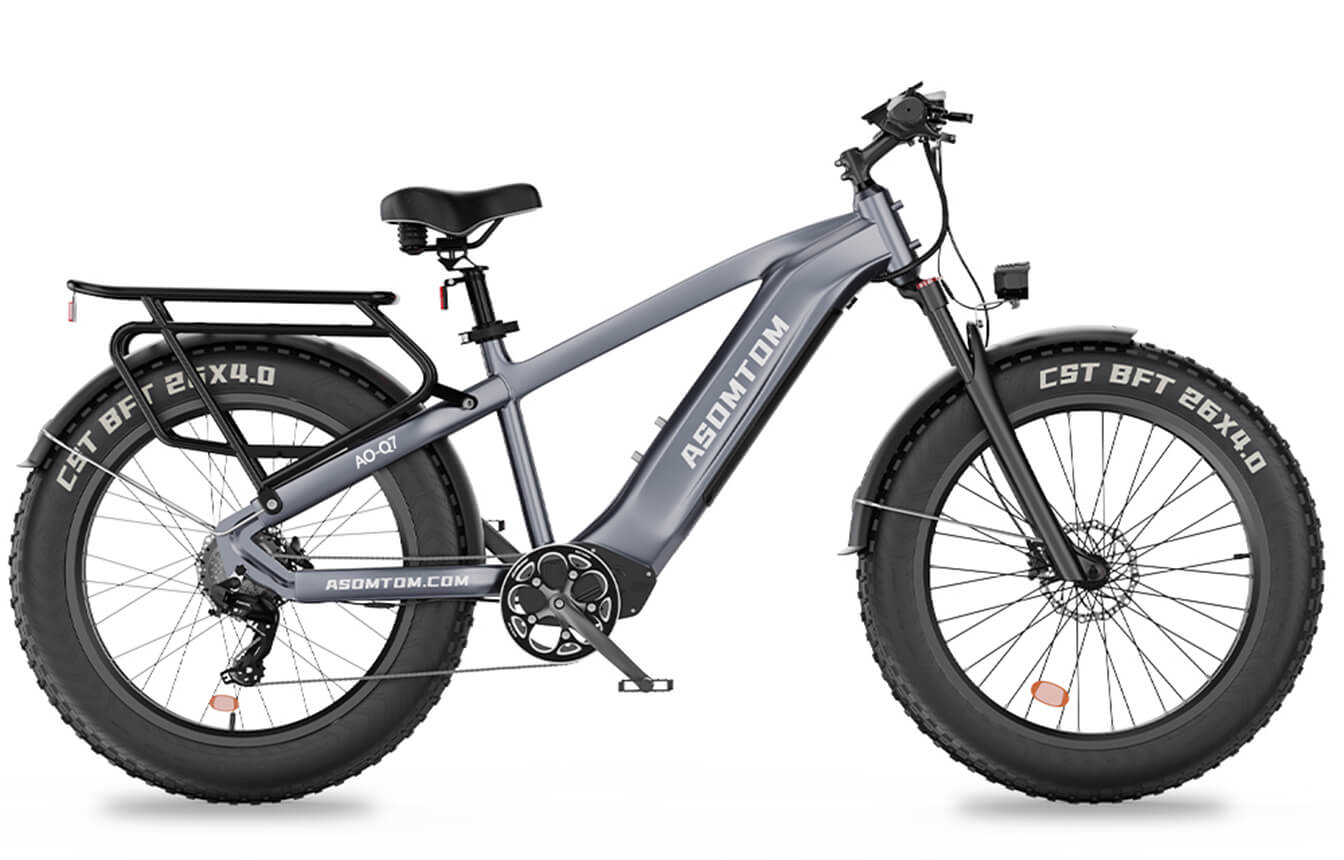
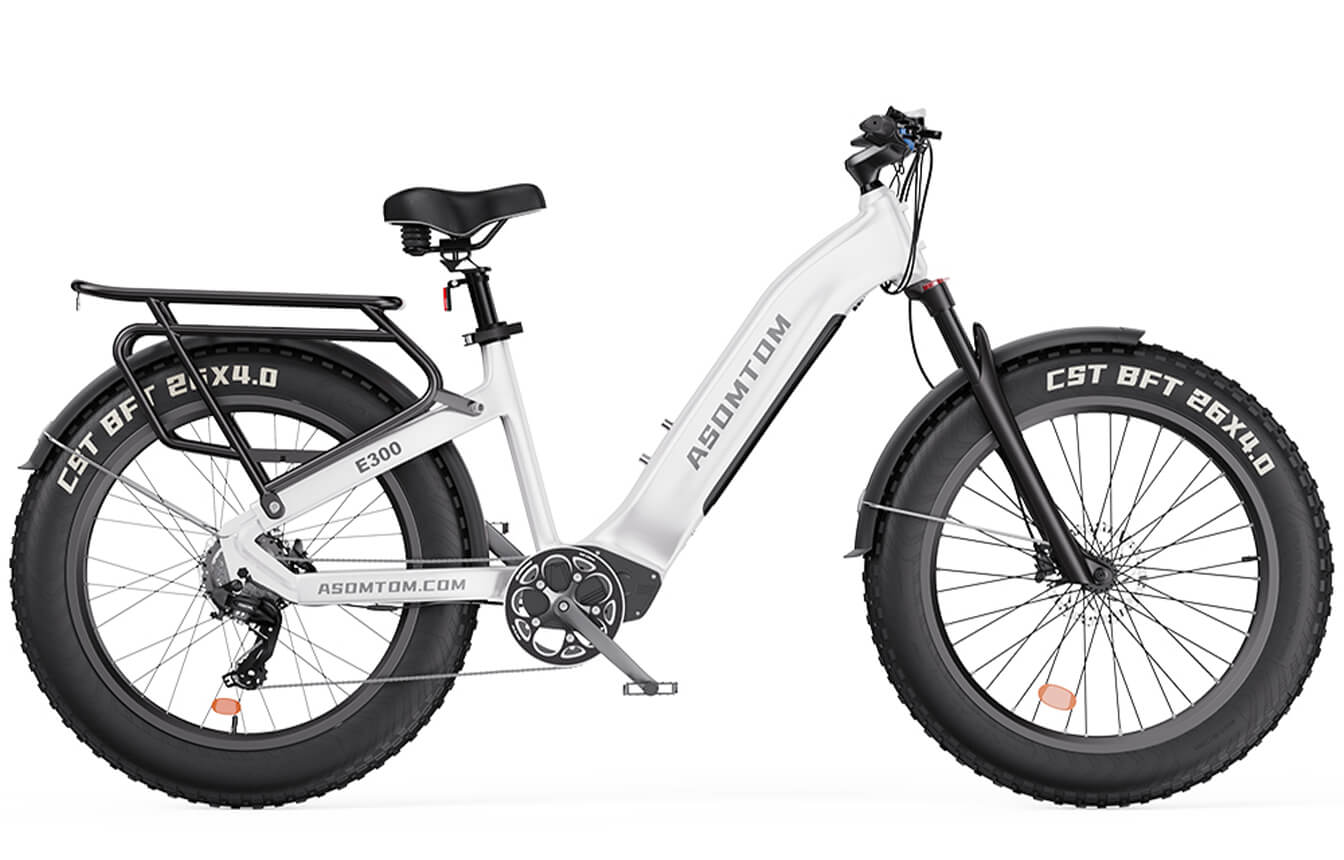
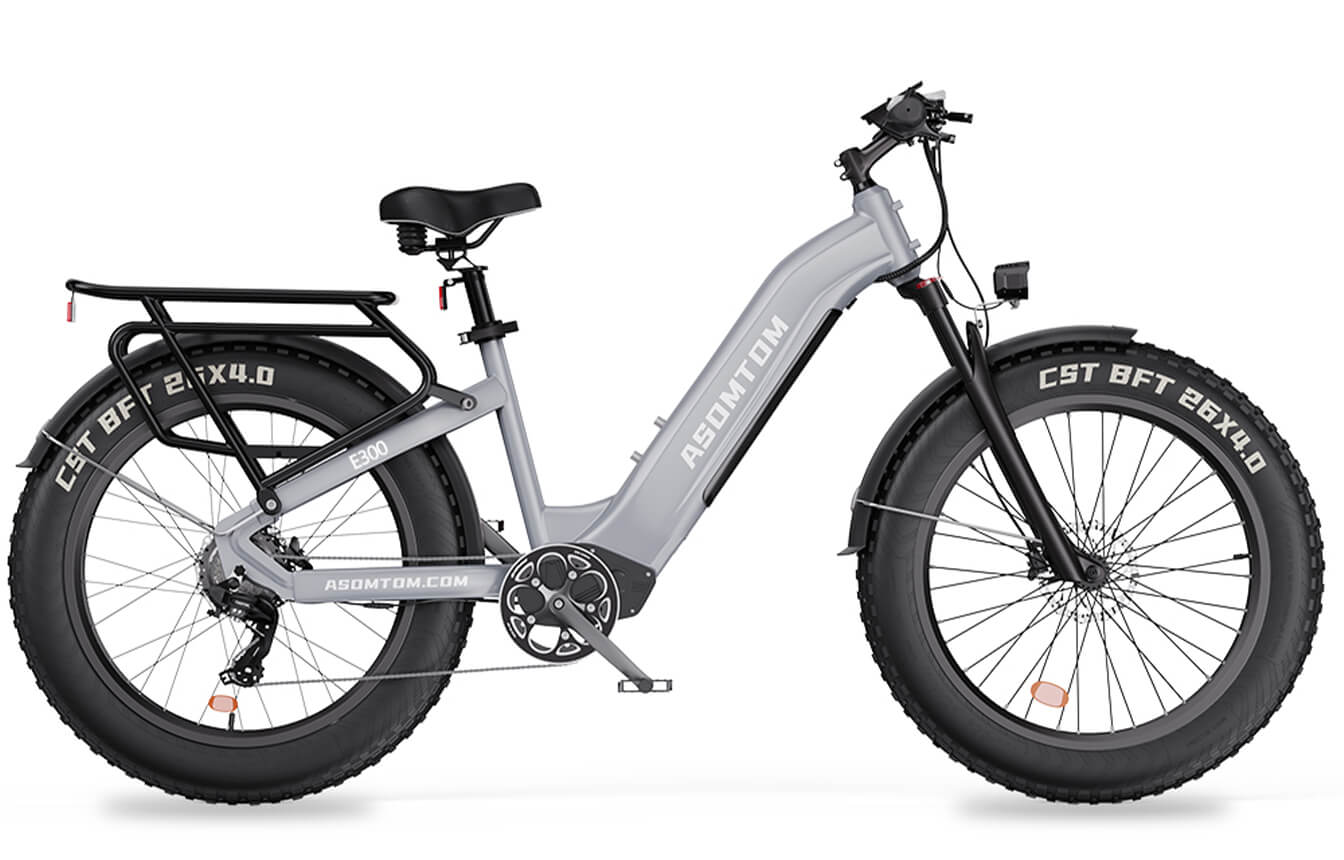
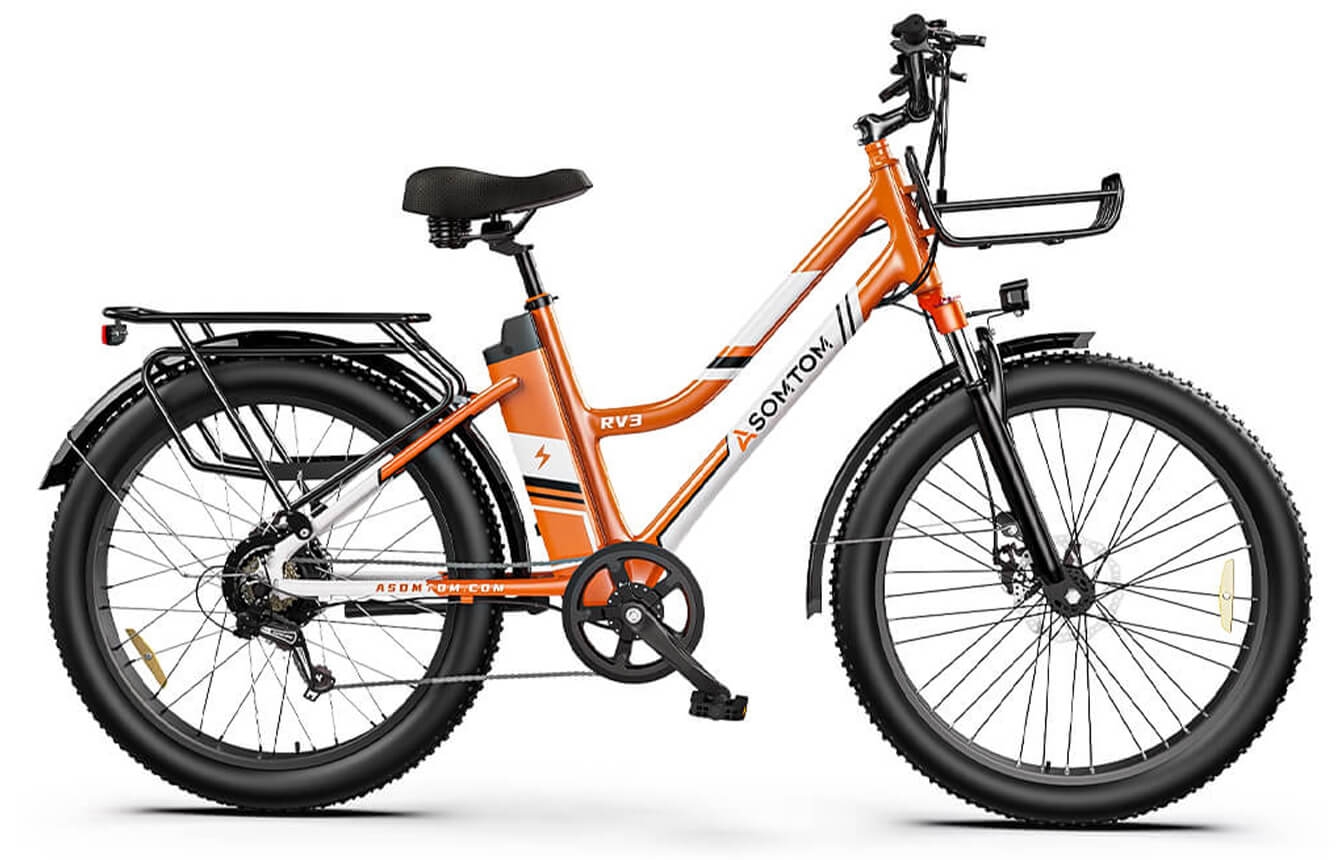












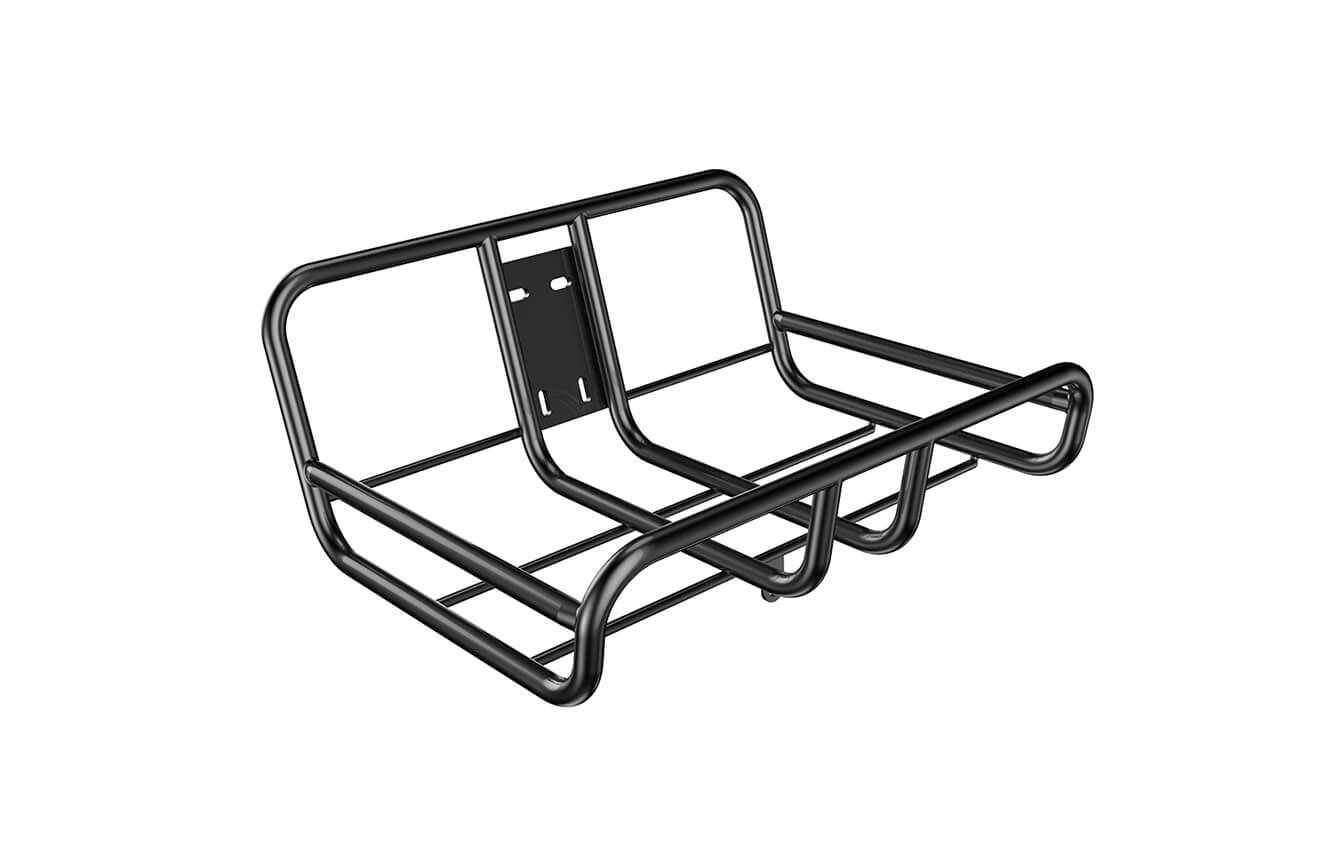
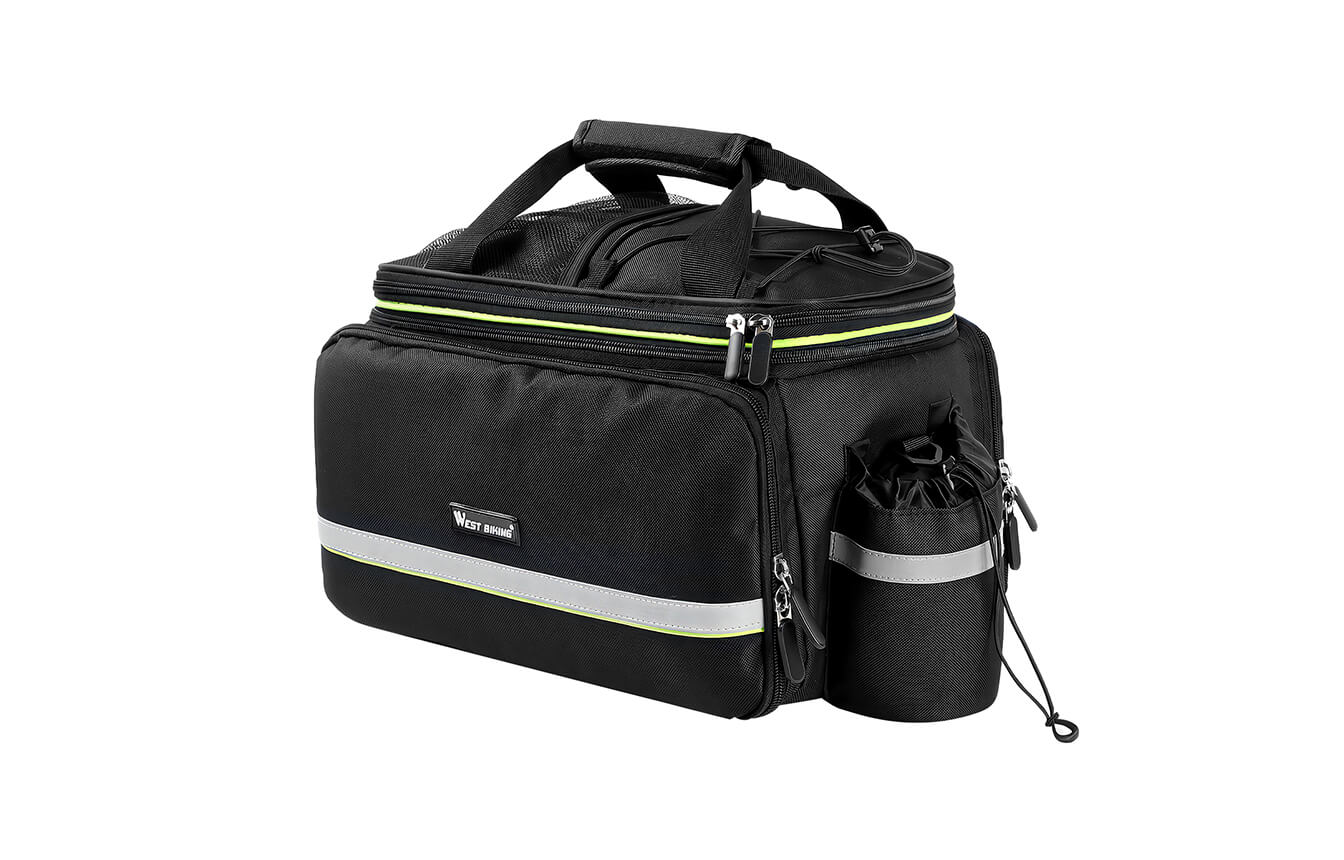
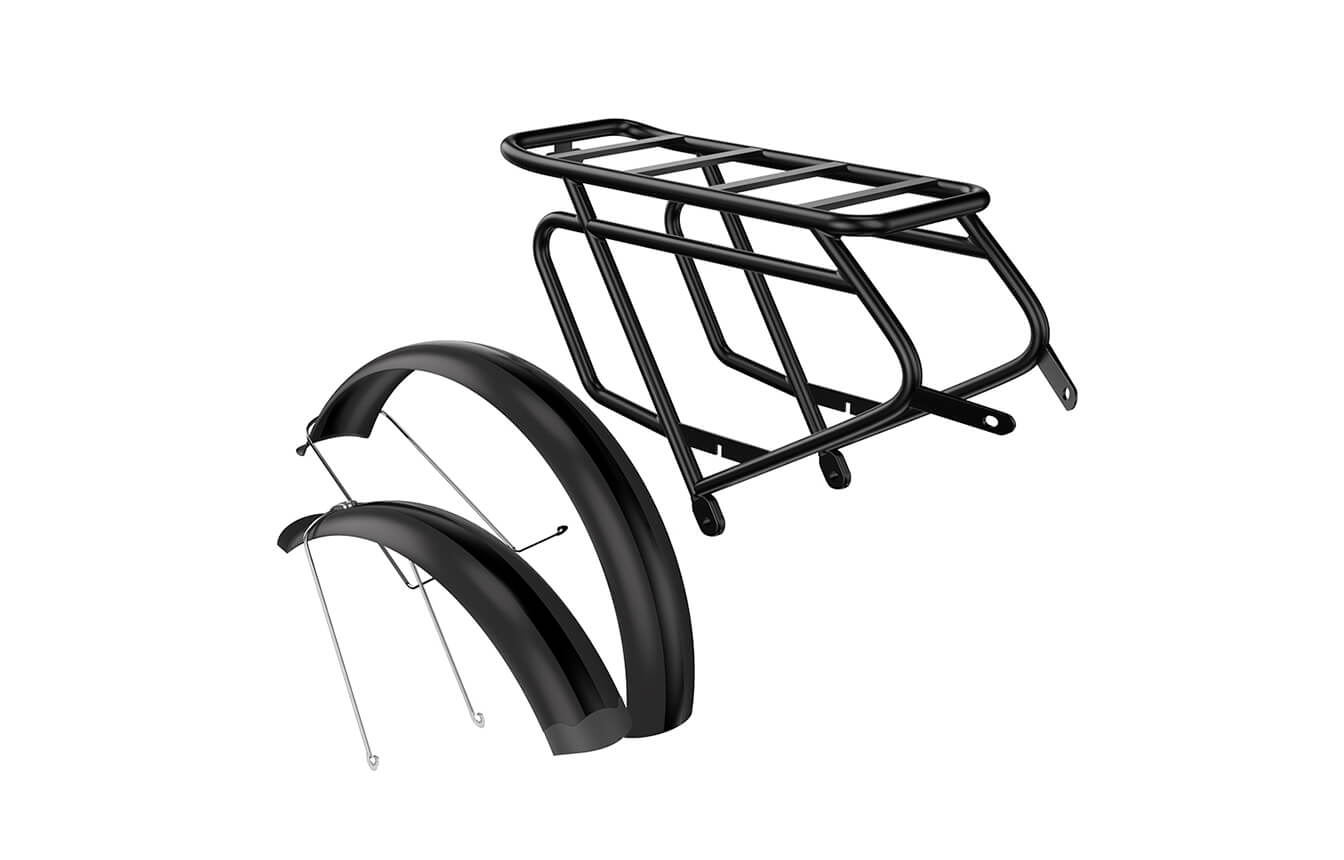

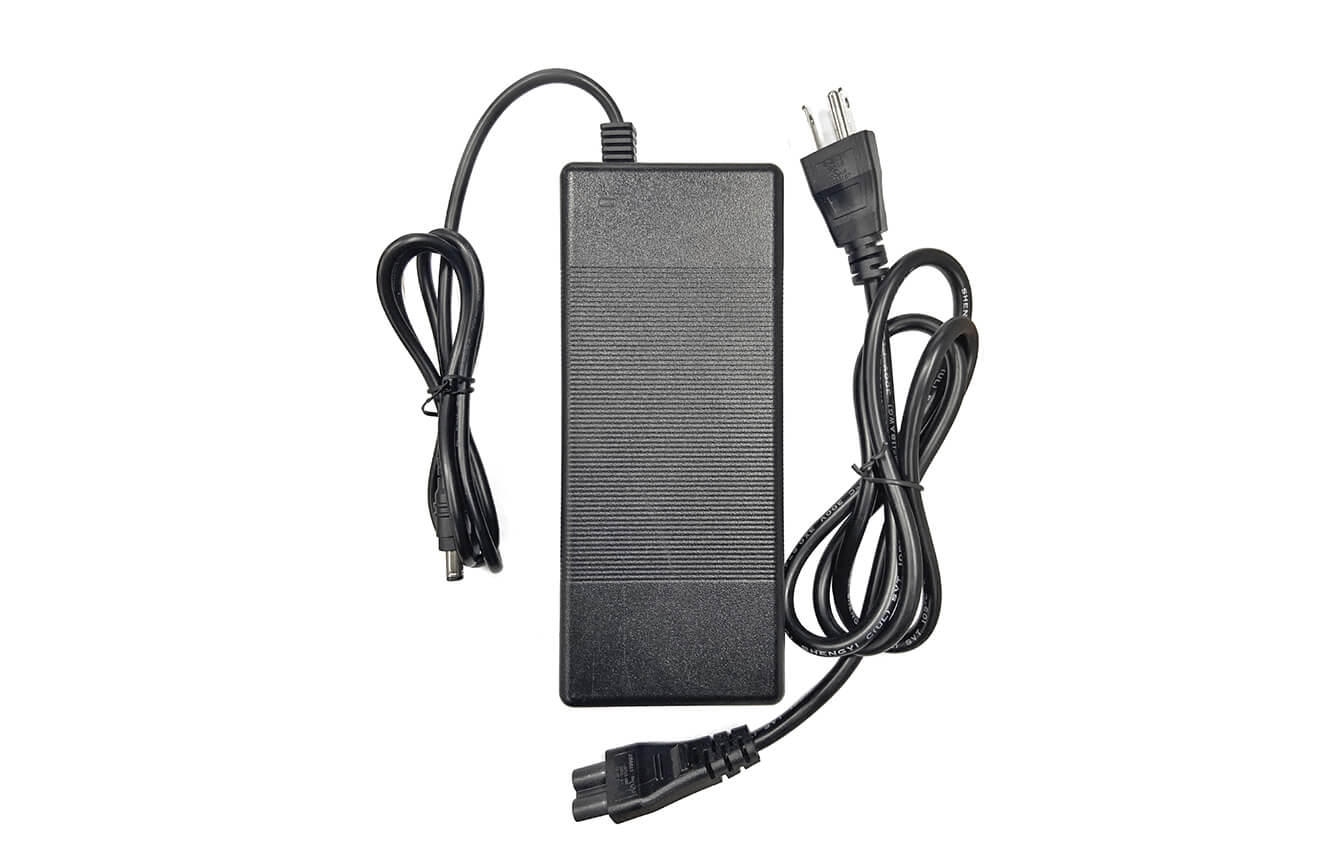
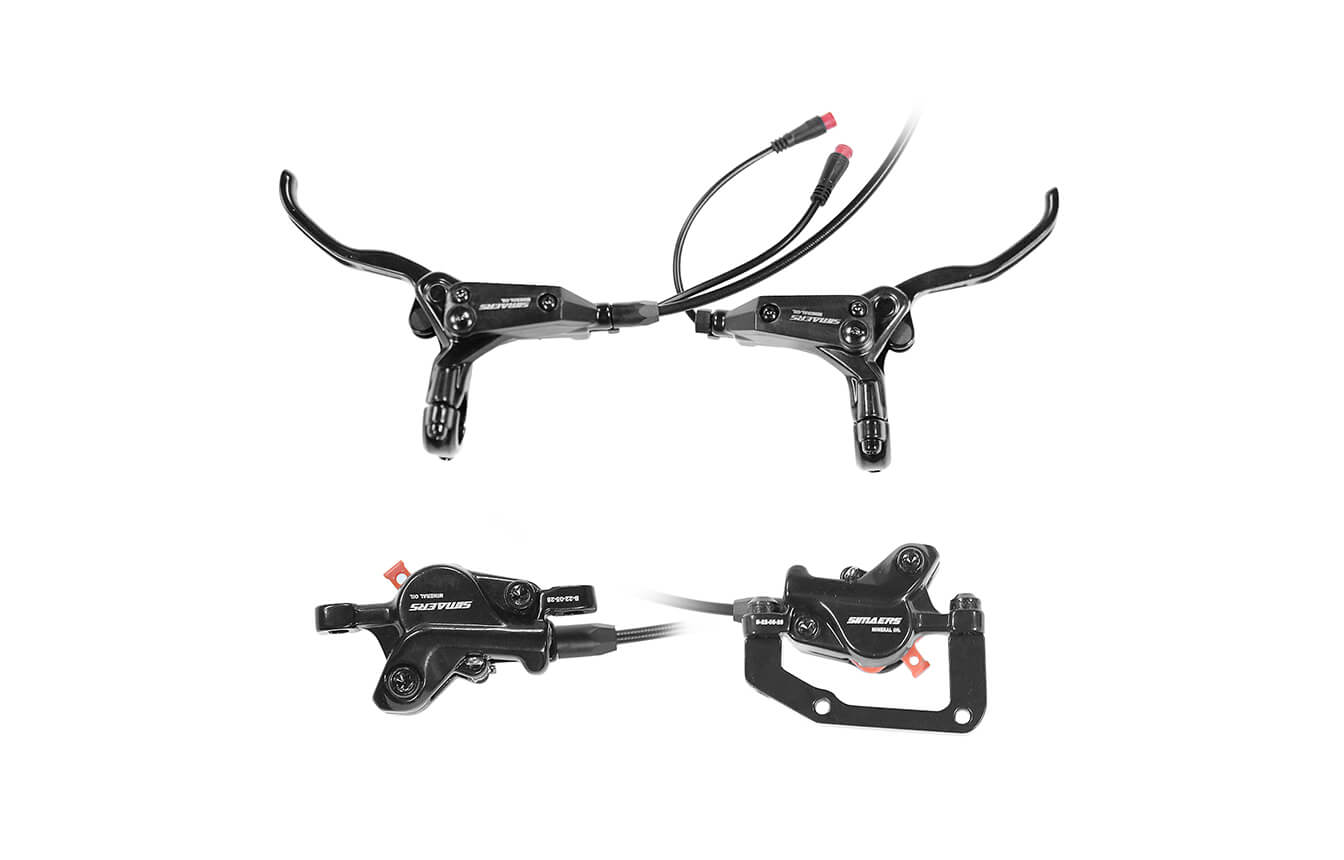
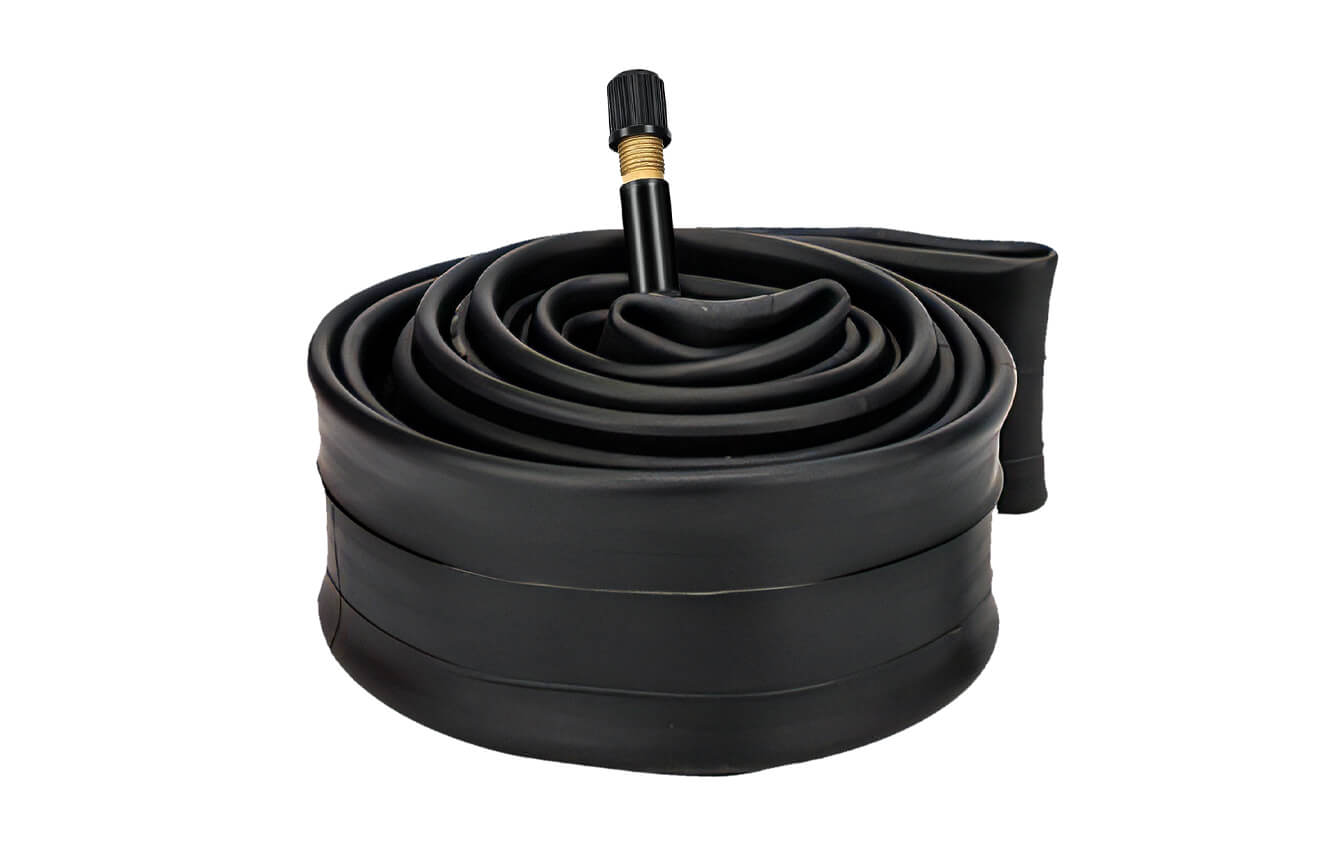






Leave a comment